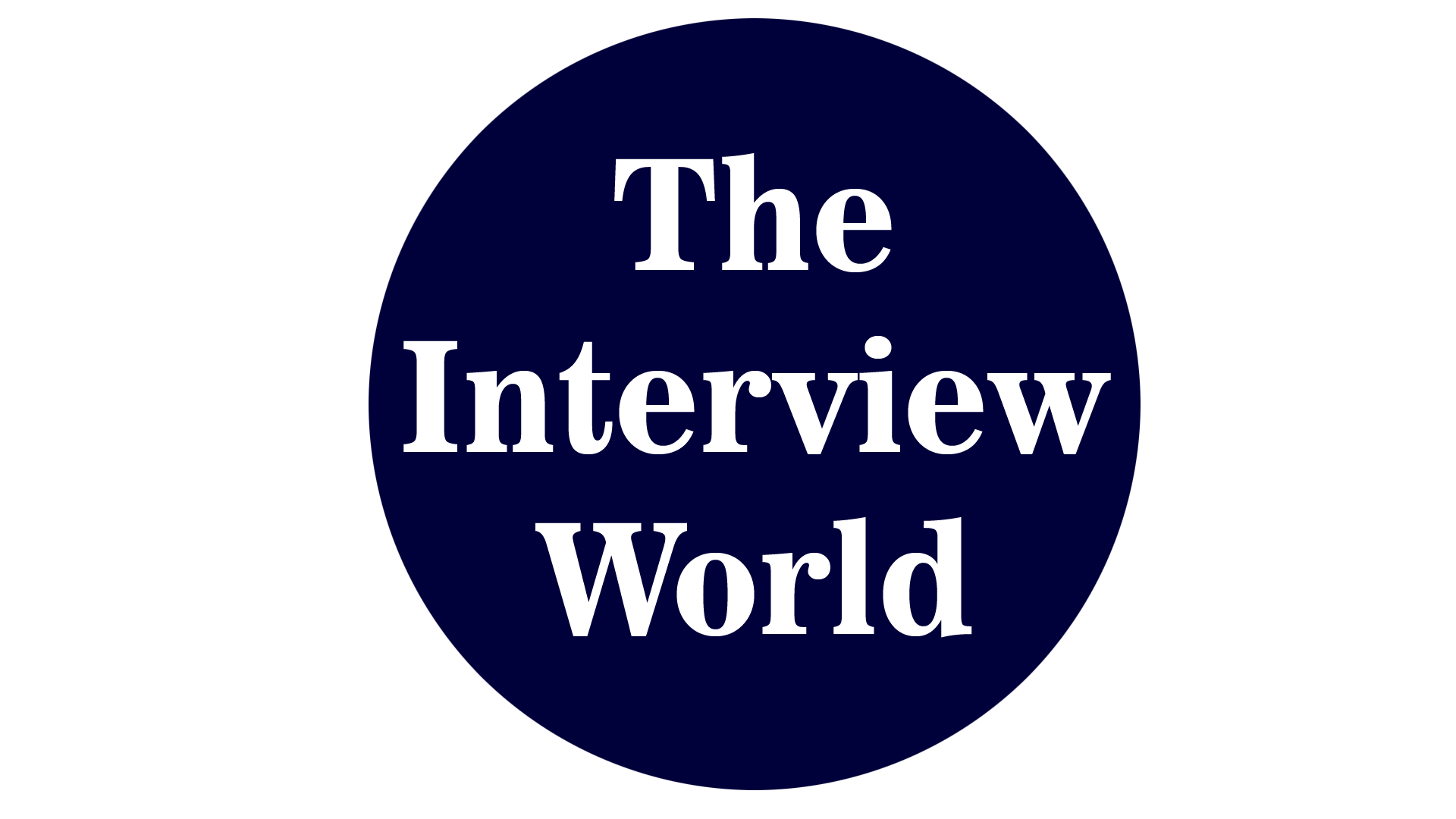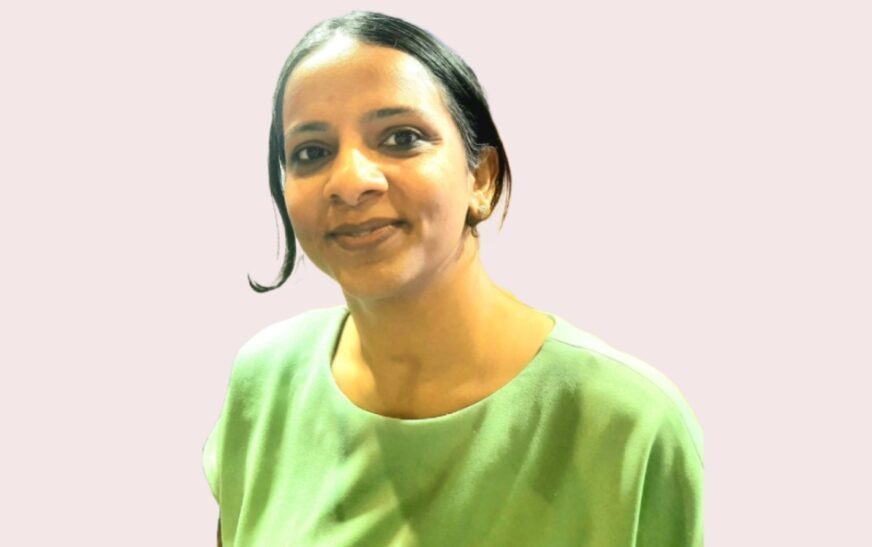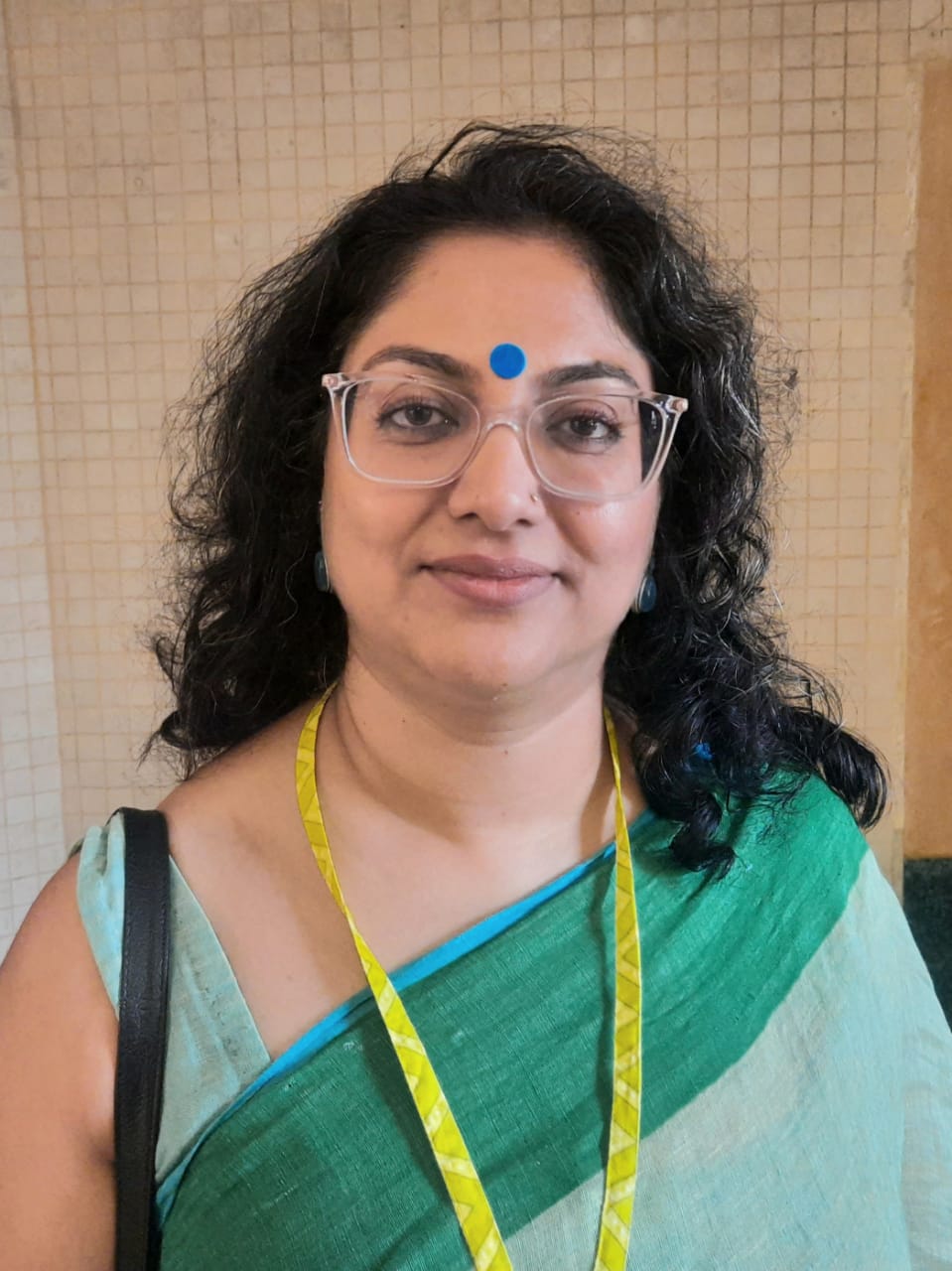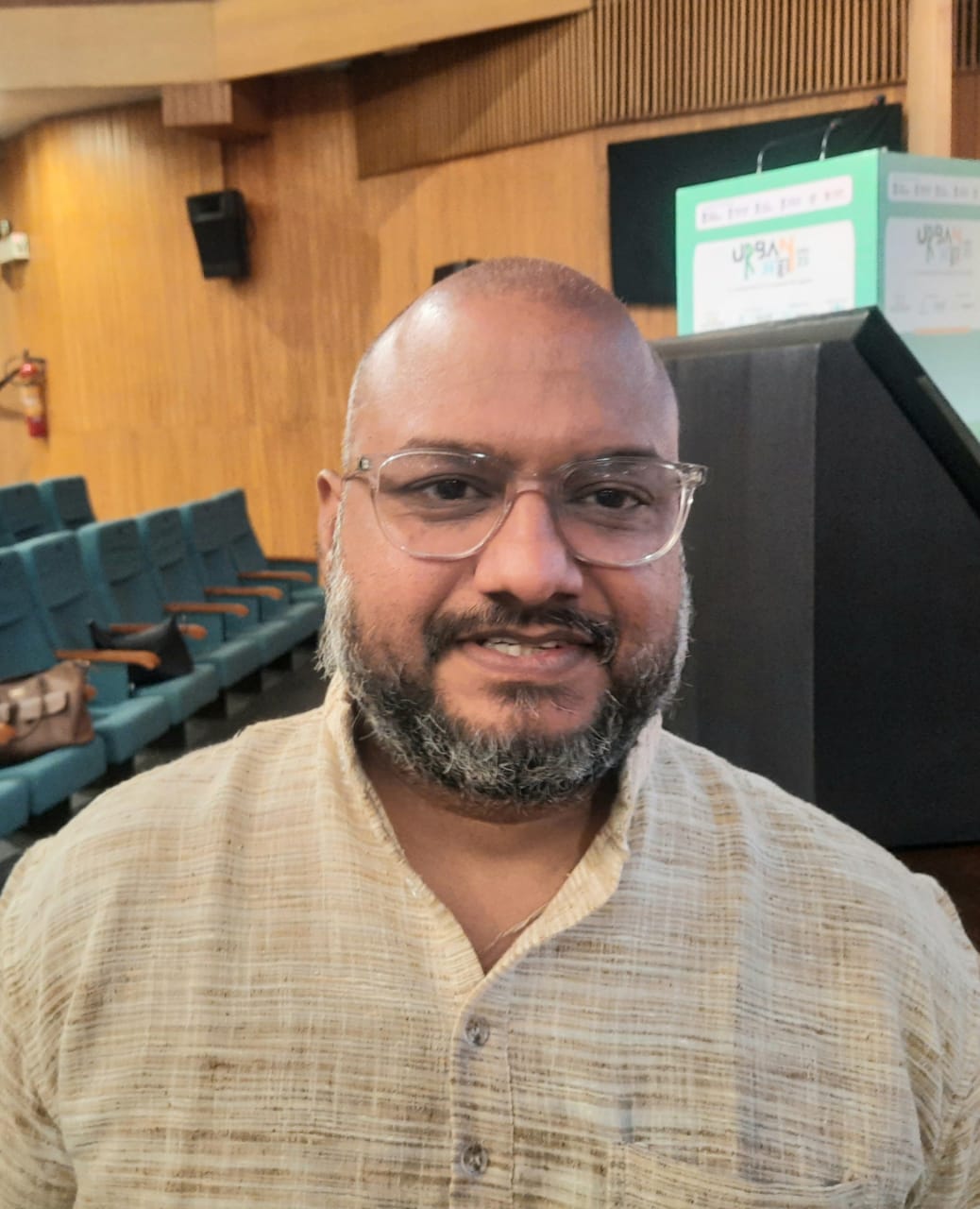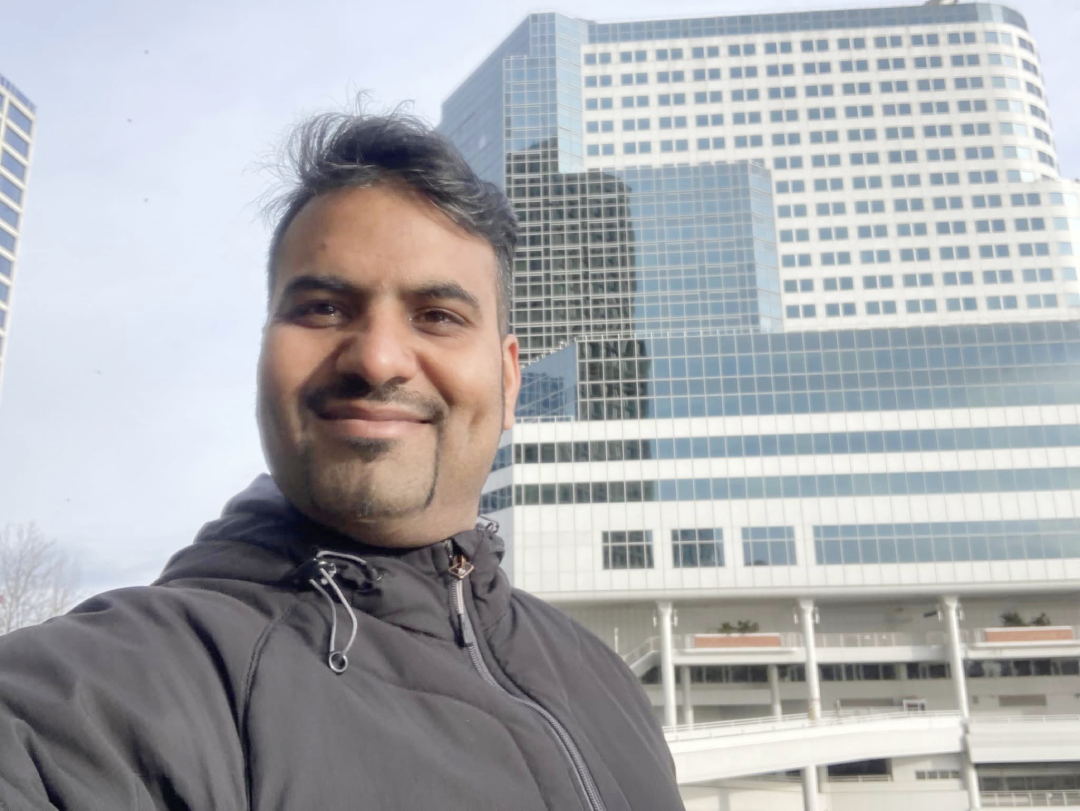BrainSightAI, a Bengaluru-based deep-tech neuroscience startup, is redefining how neuro-oncological and neuropsychiatric disorders are diagnosed and treated. By harnessing the power of artificial intelligence (AI) and connectomics, the company is bringing unprecedented precision to neurological care.
Its flagship products, VoxelBox and Snowdrop, integrate advanced machine learning to equip clinicians with deeper insights into brain tumors and other neurological conditions. VoxelBox, an fMRI processing engine, enhances neuroimaging analysis, enabling more accurate assessments. Snowdrop streamlines brain disorder diagnosis and optimizes patient care, making treatment more effective and personalized.
Currently, BrainSightAI partners with over 40 hospitals across India, primarily collaborating with neurosurgery and radiology departments to tackle complex brain tumor cases. With strong distributor interest, the company is eyeing expansion into Africa and Southeast Asia. Additionally, it is investing in research and development for a caregiver-focused app designed to support families navigating brain disorders.
By fusing AI-powered neuroimaging with clinical expertise, BrainSightAI is enabling earlier diagnoses, customized treatment strategies, and data-driven decision-making for neurologists and psychiatrists. Its groundbreaking approach bridges the gap between neuroscience and artificial intelligence, setting the stage for transformative advancements in neuropsychiatry and mental health worldwide.
At Startup Mahakumbh, in an exclusive conversation with The Interview World, Laina Emmanuel, Co-founder and CEO of BrainSightAI, unpacks the critical challenges her company is addressing. She delves into how their cutting-edge technology enhances understanding, breaks down its core applications and underlying principles, and highlights its potential to improve the lives of patients suffering from brain-related ailments. She also shares insights into the top hospitals leveraging this innovation. Here are the key takeaways from her compelling vision.
Q: What key problem statements is BrainSightAI aiming to solve with its technology and innovations?
A: BrainSightAI is set to tackle a diverse range of challenges, but at its core, it is a platform with far-reaching potential. The journey began with a singular purpose—psychiatry lacked advanced tools to decode brain function and enhance patient outcomes. This critical gap drove our inception.
Since then, our scope has expanded. We are now pioneering solutions in neurosurgery, pushing the boundaries of brain science. At its heart, our mission remains unwavering: understanding the brain is the problem we are determined to solve.
Q: To what extent can we achieve a comprehensive understanding of the human brain?
A: We are harnessing the full potential of today’s technology. This field is evolving at an unprecedented pace, with groundbreaking advancements unfolding every day. Our mission is to bridge the gap—bringing these innovations to people in a meaningful way.
Yet, this is just the beginning. The possibilities ahead are limitless. In the coming years, the brain will emerge as the most exciting frontier in science and technology.
Q: What are the key applications of this technology?
A: In both medical and non-medical fields, today’s AI—like ChatGPT—relies on training from millions of books. But imagine training it on millions of brains instead. This shift would create entirely new cognitive architectures, fundamentally different from anything we know.
The potential applications are vast. From robotics to countless other innovations, brain-based AI could revolutionize how machines think and interact. Understanding the brain isn’t just a scientific pursuit—it’s a gateway to transformative possibilities.
Q: What core principles power the functionality of the BrainSightAI platform?
A: We leverage MRI oxygenation and MRI diffusion—specifically, water diffusion in the brain—to map its structural and functional connectivity. These advanced techniques allow us to chart the intricate networks responsible for specific brain functions, unlocking deeper insights into how the brain operates.
Q: How will your innovation improve the lives of patients with brain-related ailments?
A: This technology prevents functional loss by enabling surgeons to pinpoint and avoid critical brain regions during operations. When removing tissue, they can carefully steer clear of areas responsible for speech and decision-making, preserving the patient’s cognitive abilities post-surgery. Beyond oncology, it also offers transformative potential for psychiatric care: targeted brain stimulation can help patients regain normalcy in their daily lives. The applications, in short, are vast and revolutionary.
Q: With the rise in age-related memory loss, how does your technology offer solutions to mitigate its effects?
A: Dementia ranks among the most pressing health challenges for older adults today. One of its earliest indicators lies in brain connectivity patterns, which can serve as a powerful tool for early diagnosis. Remarkably, this method can detect dementia at its onset—around year zero—long before symptoms manifest. Currently, by the time a person receives a diagnosis, the disease has often been progressing silently for six to seven years. Identifying these patterns early could revolutionize how we detect and manage dementia, offering timely interventions when they matter most.
Q: How many healthcare organizations and doctors are currently using your platform?
A: We collaborate with more than 40 hospitals, including the most renowned names in healthcare. Leading healthcare service providers including Max Healthcare, Medanta, Tata Memorial Hospital, Sparsh Neuro and Super Speciality Hospital, M.S. Ramaiah Memorial Hospital, SRNC, and many others are leveraging our platform. Together, we drive excellence in medical care and innovation.

